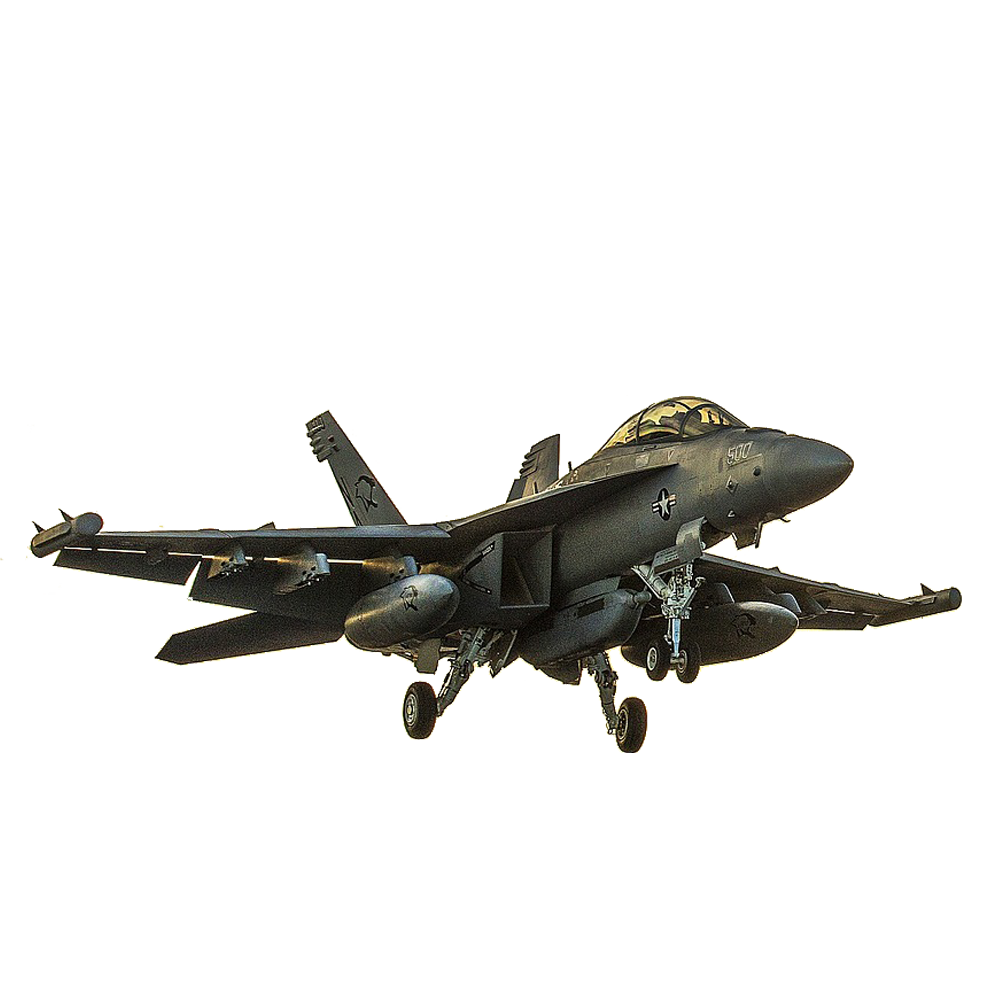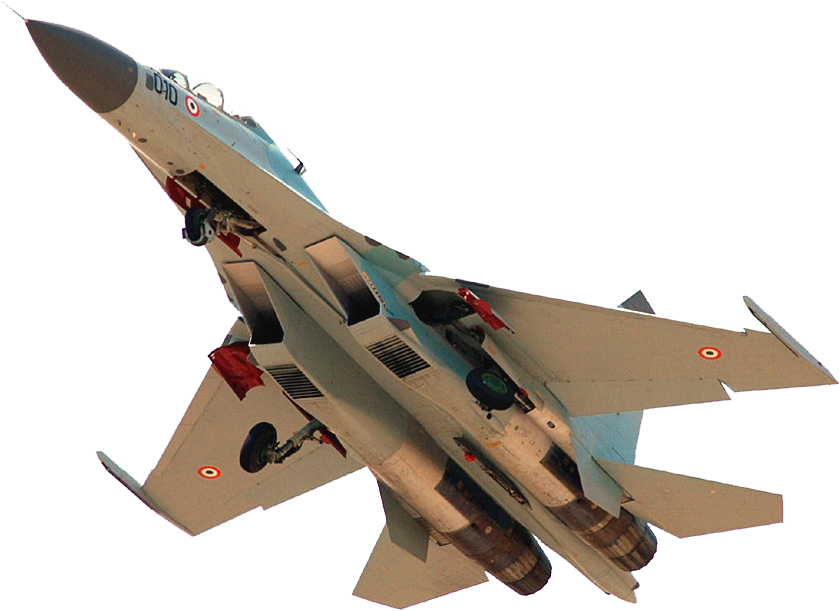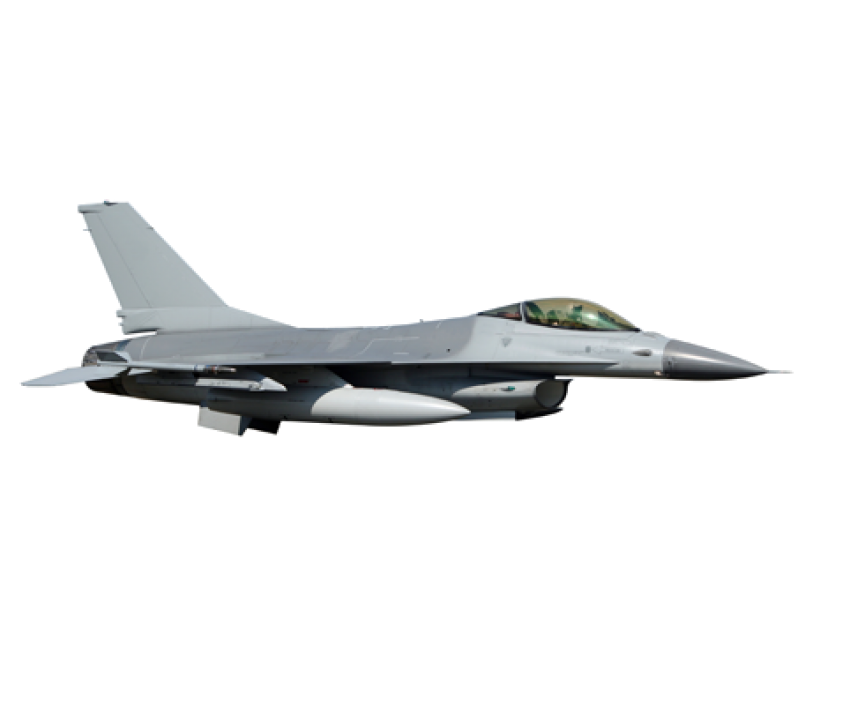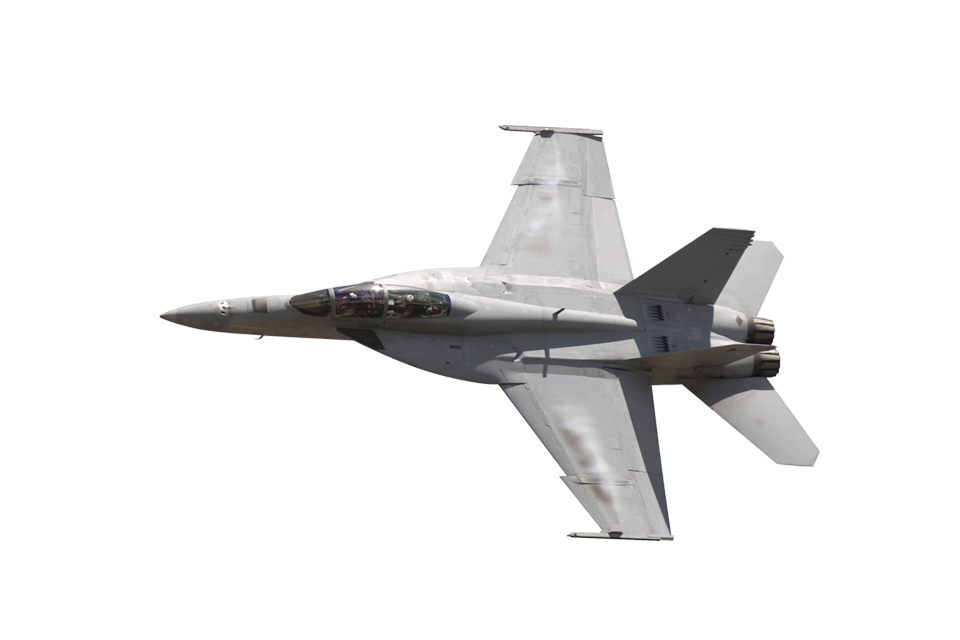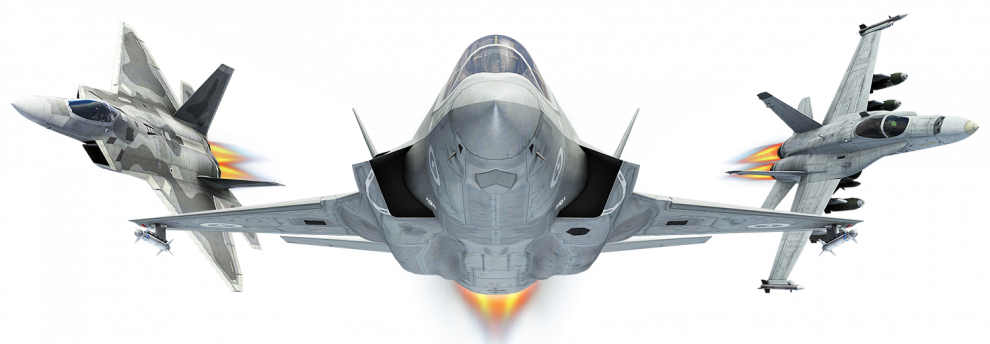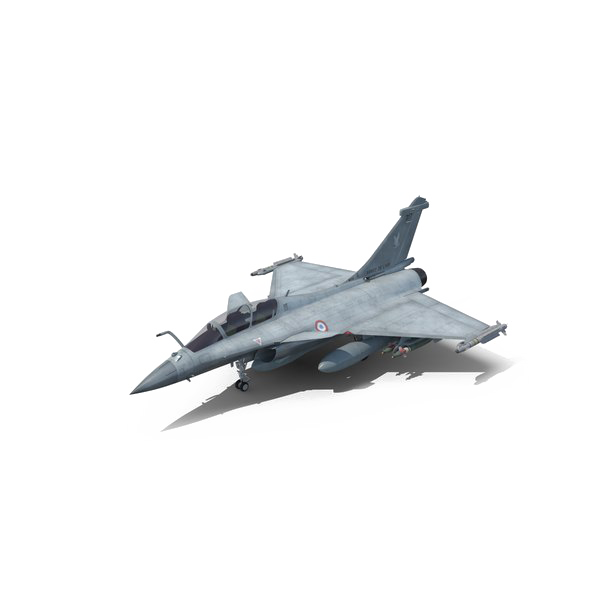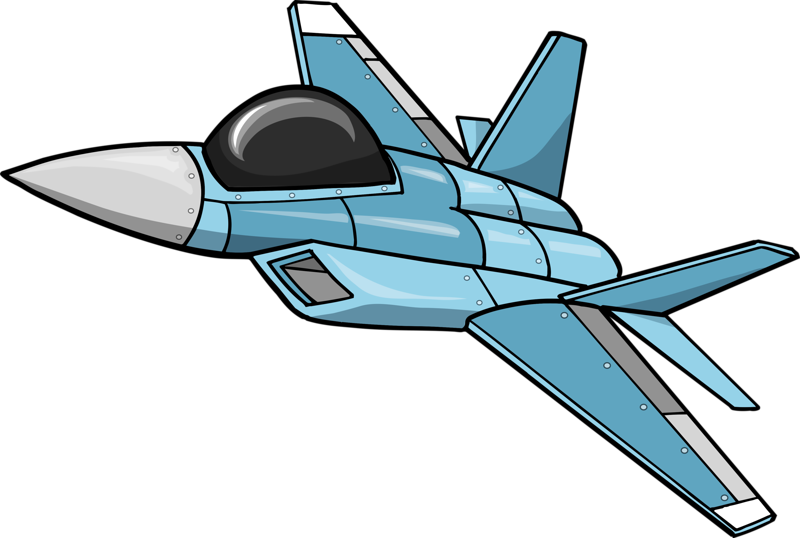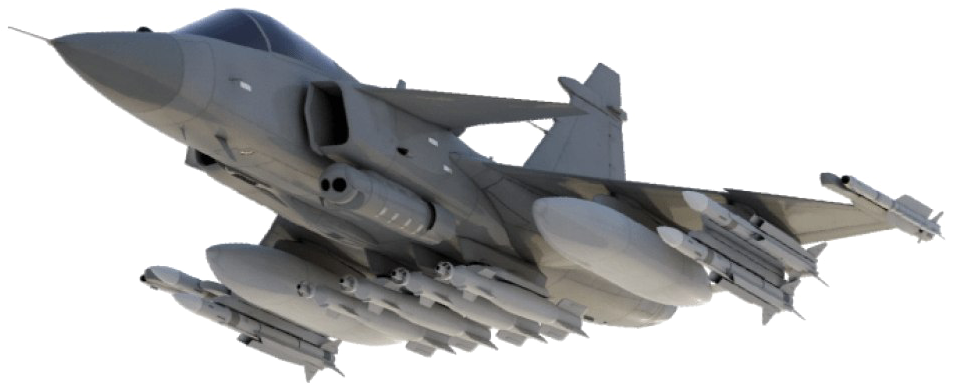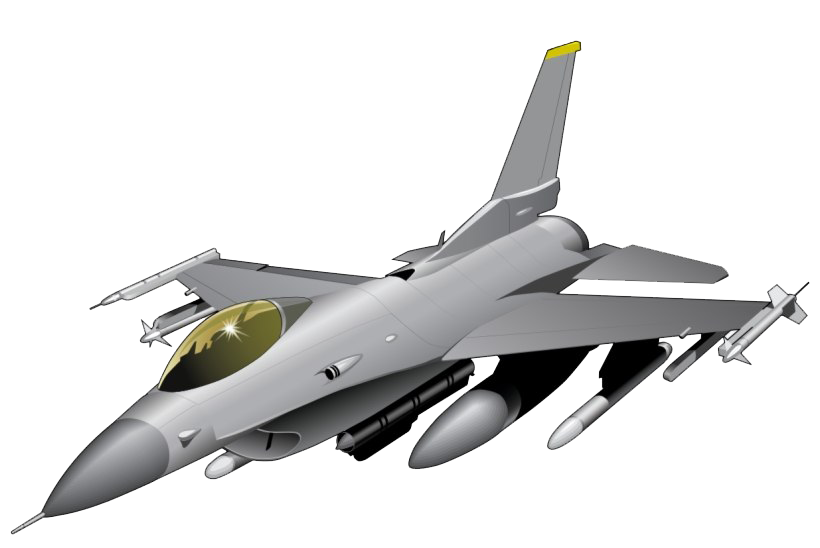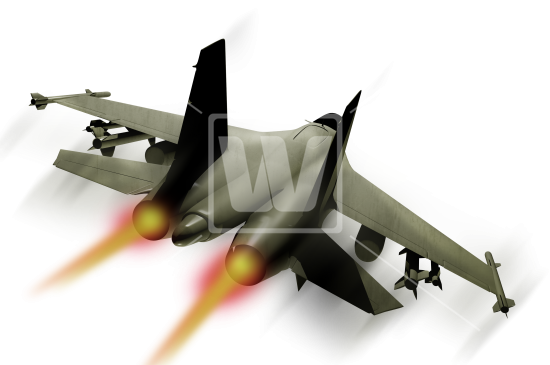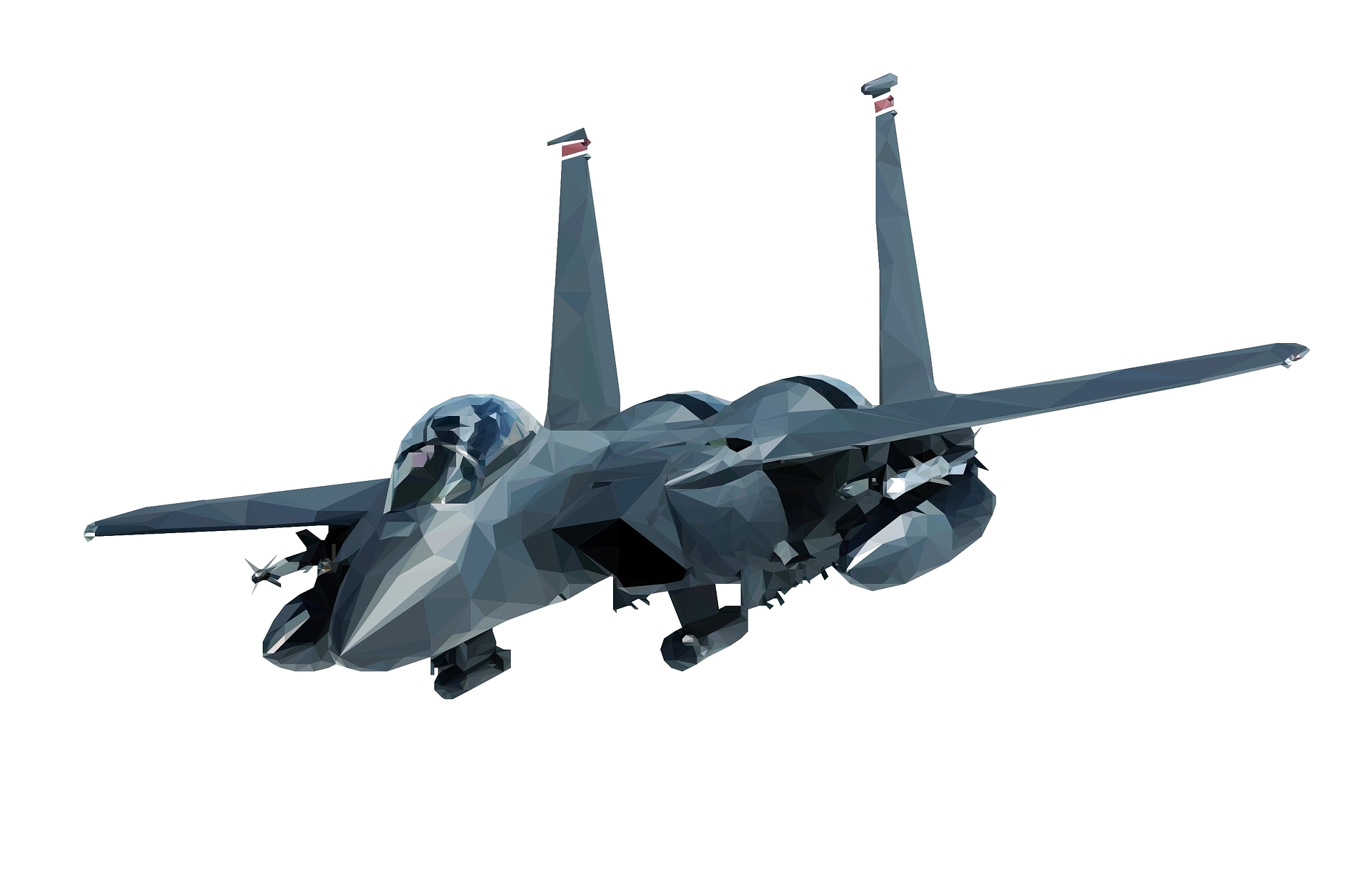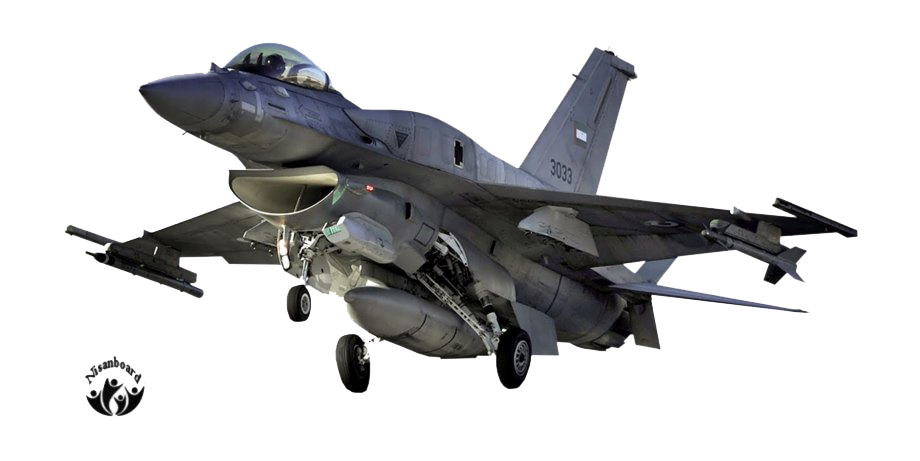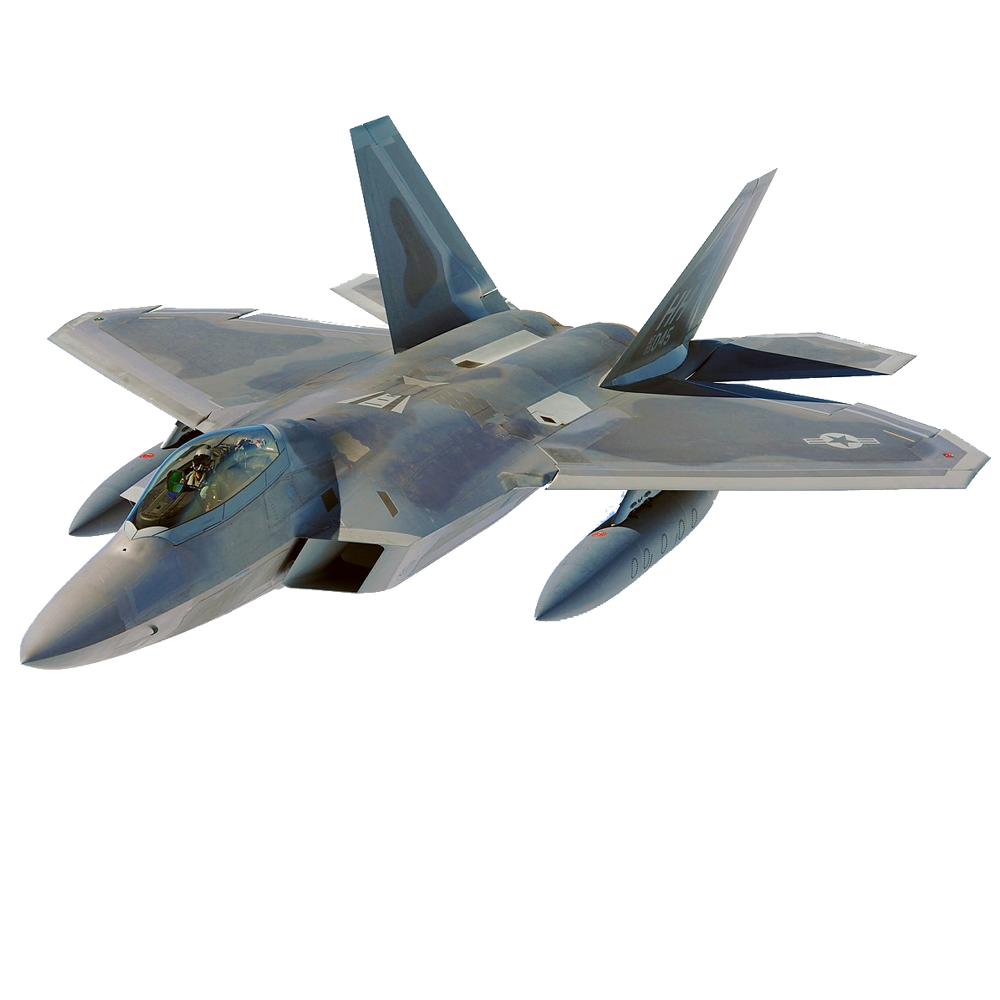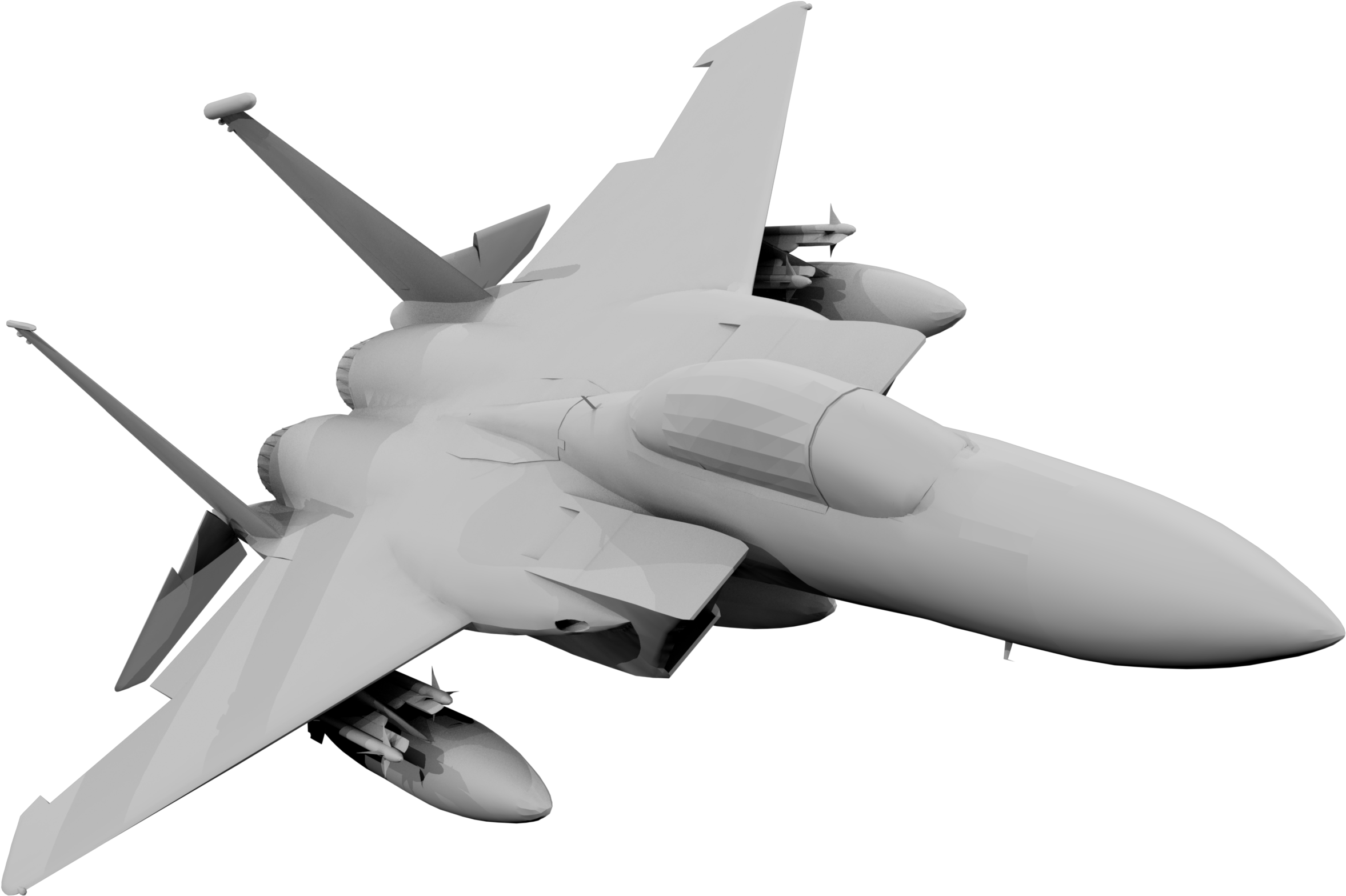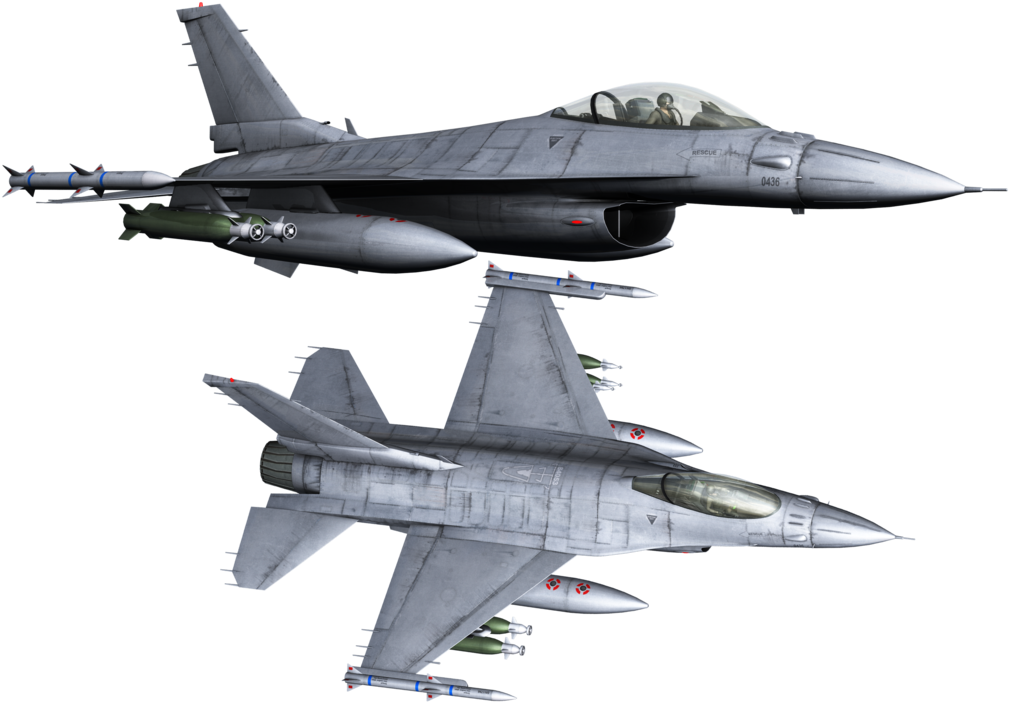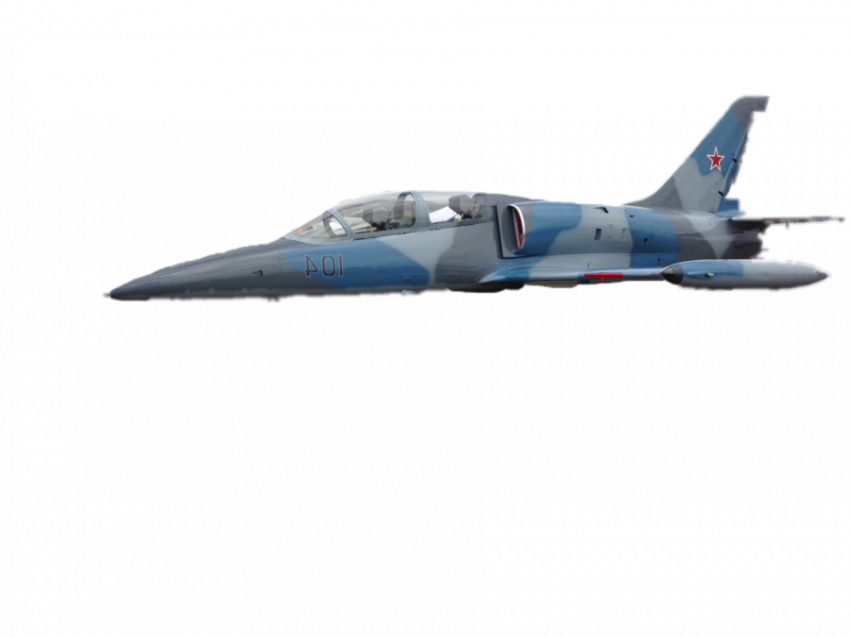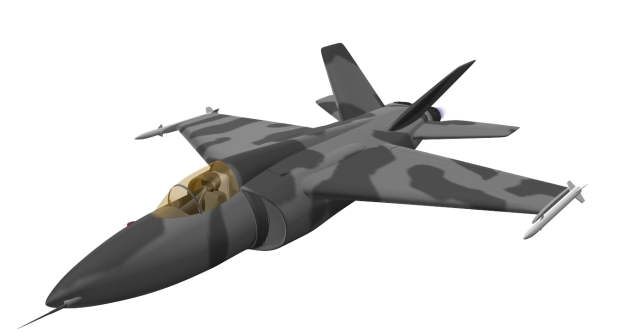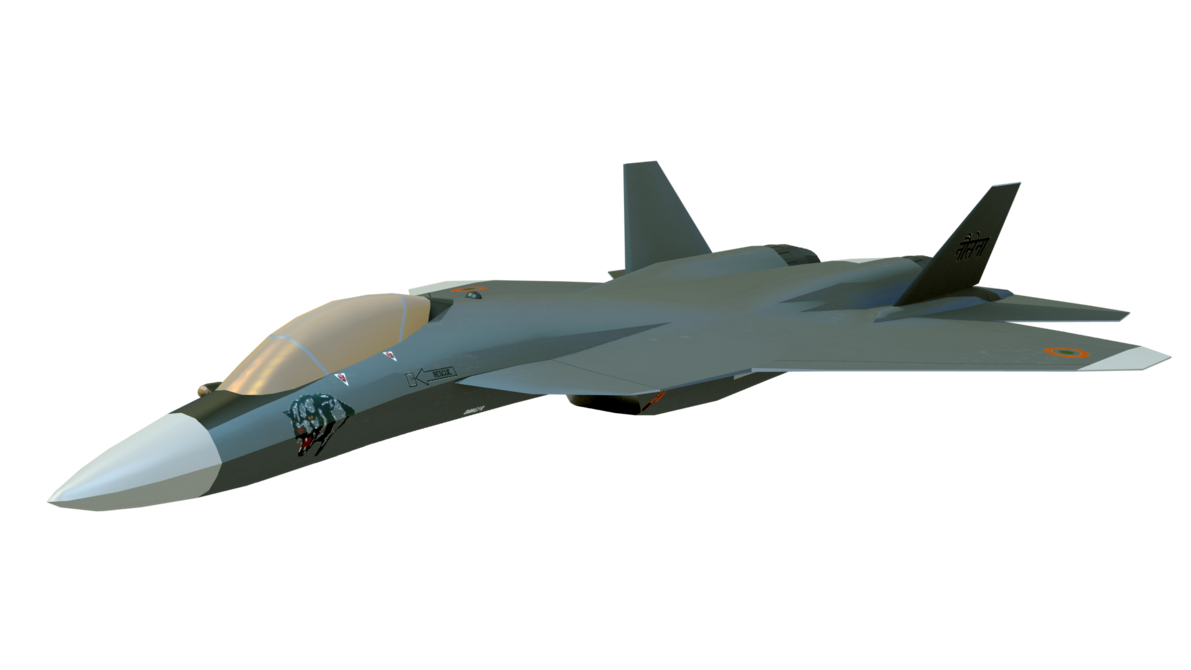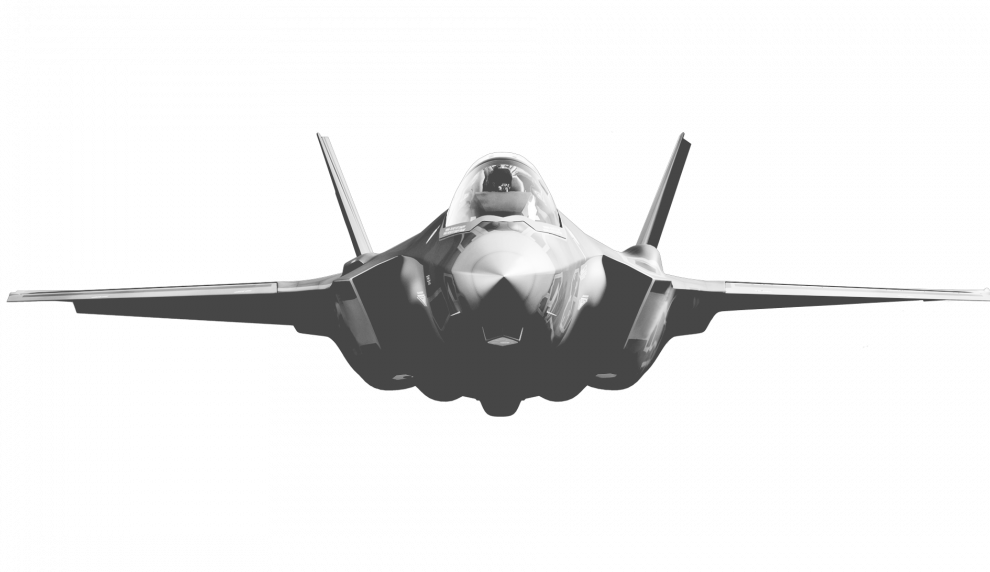Download top and best high-quality free Jet Fighter PNG Transparent Images backgrounds available in various sizes. To view the full PNG size resolution click on any of the below image thumbnail.
License Info: Creative Commons 4.0 BY-NC
Fighter planes are military planes that are primarily used for air-to-air combat. The role of fighter aircraft in armed conflict is to establish air supremacy over the battlespace. Bombers and assault planes can bomb enemy targets tactically and strategically if they have control of the airspace above a conflict.
A fighter’s essential performance characteristics include not just its weaponry, but also its fast speed and agility in relation to the target aircraft. The competence of a combatant’s pilots, the tactical soundness of its doctrine for deploying its fighters, and the numbers and performance of those fighters all play a role in whether a combatant’s efforts to acquire air supremacy succeed or fail.
Many contemporary fighter aircraft have additional capabilities like as ground assault, and certain kinds, such as fighter-bombers, are built from the ground up to perform multiple missions. Other fighter designs, such as the interceptor, heavy fighter, and night fighter, are highly specialized while still fulfilling the primary duty of air supremacy.
Throughout World War I, fighters were created to prevent opposing aircraft and dirigibles from gathering intelligence through reconnaissance above the battlefield. Early fighters were tiny and unarmed by modern standards, and the majority were biplanes with a wooden frame covered in cloth and a top speed of around 100 mph (160 km/h). As the importance of airspace control over armies grew, all of the major nations built fighters to assist their military operations. Between the wars, wood was generally replaced by metal tube in part or whole, and aluminum stressed skin constructions (monocoque) eventually became the norm.
By World War II, most fighters were all-metal monoplanes with machine gun or cannon batteries, and some could reach speeds of up to 400 mph (640 km/h). Most fighters had just one engine up to this time, although a few twin-engine aircraft were created; nevertheless, they were determined to be outmatched against single-engine fighters and were consigned to alternative missions, such as night fighters with crude radar systems.
By the conclusion of the war, turbojet engines had replaced piston engines as the primary mode of propulsion, allowing aircraft to reach even higher speeds. Because the turbojet engine was far lighter than a piston engine, having two engines was no longer a disadvantage, and one or both engines were employed depending on circumstances. This necessitated the creation of ejection seats to allow the pilot to escape, as well as G-suits to protect the pilot from the much larger pressures exerted during maneuvers.
In the 1950s, radar was installed on day fighters because pilots could no longer see far enough ahead to prepare for the enemy owing to ever-increasing air-to-air missile ranges. Radar capabilities expanded dramatically as a result, and they are currently the dominant technique of target acquisition. To minimize transonic drag, wings were made thinner and swept back, which necessitated the use of new manufacturing technologies. Skins were machined from big slabs of alloy rather than sheet metal attached to a framework. After a few false launches owing to needed control modifications, the sound barrier was breached, and speeds rapidly surpassed Mach 2, beyond which aircraft cannot maneuver effectively to evade assault.
In the early 1960s, air-to-air missiles largely replaced guns and rockets because both were thought to be unusable at the speeds being achieved. However, the Vietnam War demonstrated that guns still had a role to play, and most fighters built since then have cannon (typically between 20 and 30 mm (0.79 and 1.18 in) in addition to missiles. Most contemporary combat aircraft are equipped with at least two air-to-air missiles.
Turbofans supplanted turbojets in the 1970s, increasing fuel economy to the point that the final piston-engine support aircraft could be replaced with jets, allowing for multi-role combat aircraft. Honeycomb structures began to take the place of milled structures, and the first composite components appeared on low-stress components. Earlier generations of engines burned far less gasoline; nowadays, a fighter aircraft uses as much fuel in an hour as the average automobile does in two years.
Download Jet Fighter PNG images transparent gallery.
- Jet Fighter PNG HD Image
Resolution: 1000 × 1000
Size: 404 KB
Image Format: .png
Download
- Jet Fighter PNG Image File
Resolution: 840 × 611
Size: 364 KB
Image Format: .png
Download
- Jet Fighter PNG Image HD
Resolution: 850 × 705
Size: 108 KB
Image Format: .png
Download
- Jet Fighter PNG Image
Resolution: 960 × 640
Size: 201 KB
Image Format: .png
Download
- Jet Fighter PNG Images HD
Resolution: 990 × 344
Size: 386 KB
Image Format: .png
Download
- Jet Fighter PNG Images
Resolution: 600 × 600
Size: 83 KB
Image Format: .png
Download
- Jet Fighter PNG Photo
Resolution: 800 × 538
Size: 134 KB
Image Format: .png
Download
- Jet Fighter PNG Photos
Resolution: 500 × 500
Size: 72 KB
Image Format: .png
Download
- Jet Fighter PNG Pic
Resolution: 953 × 385
Size: 299 KB
Image Format: .png
Download
- Jet Fighter PNG Picture
Resolution: 820 × 548
Size: 154 KB
Image Format: .png
Download
- Jet Fighter PNG
Resolution: 550 × 365
Size: 170 KB
Image Format: .png
Download
- Jet Fighter Transparent
Resolution: 1920 × 1251
Size: 485 KB
Image Format: .png
Download
- Jet Fighter
Resolution: 920 × 461
Size: 220 KB
Image Format: .png
Download
- Jet Fighter Background PNG
Resolution: 1000 × 1000
Size: 444 KB
Image Format: .png
Download
- Jet Fighter No Background
Resolution: 2355 × 1568
Size: 715 KB
Image Format: .png
Download
- Jet Fighter PNG Background
Resolution: 1009 × 702
Size: 494 KB
Image Format: .png
Download
- Jet Fighter PNG Clipart
Resolution: 850 × 638
Size: 149 KB
Image Format: .png
Download
- Jet Fighter PNG Cutout
Resolution: 620 × 334
Size: 53 KB
Image Format: .png
Download
- Jet Fighter PNG File
Resolution: 1191 × 670
Size: 170 KB
Image Format: .png
Download
- Jet Fighter PNG Free Image
Resolution: 990 × 572
Size: 105 KB
Image Format: .png
Download
